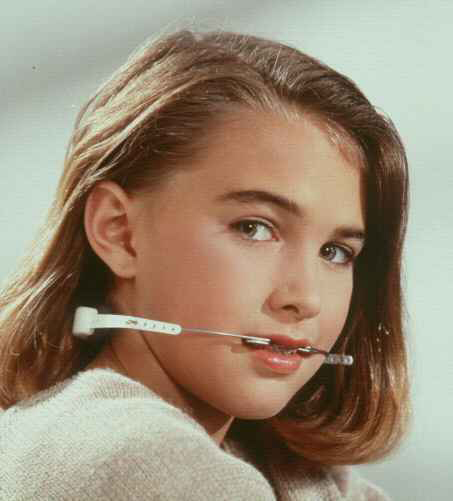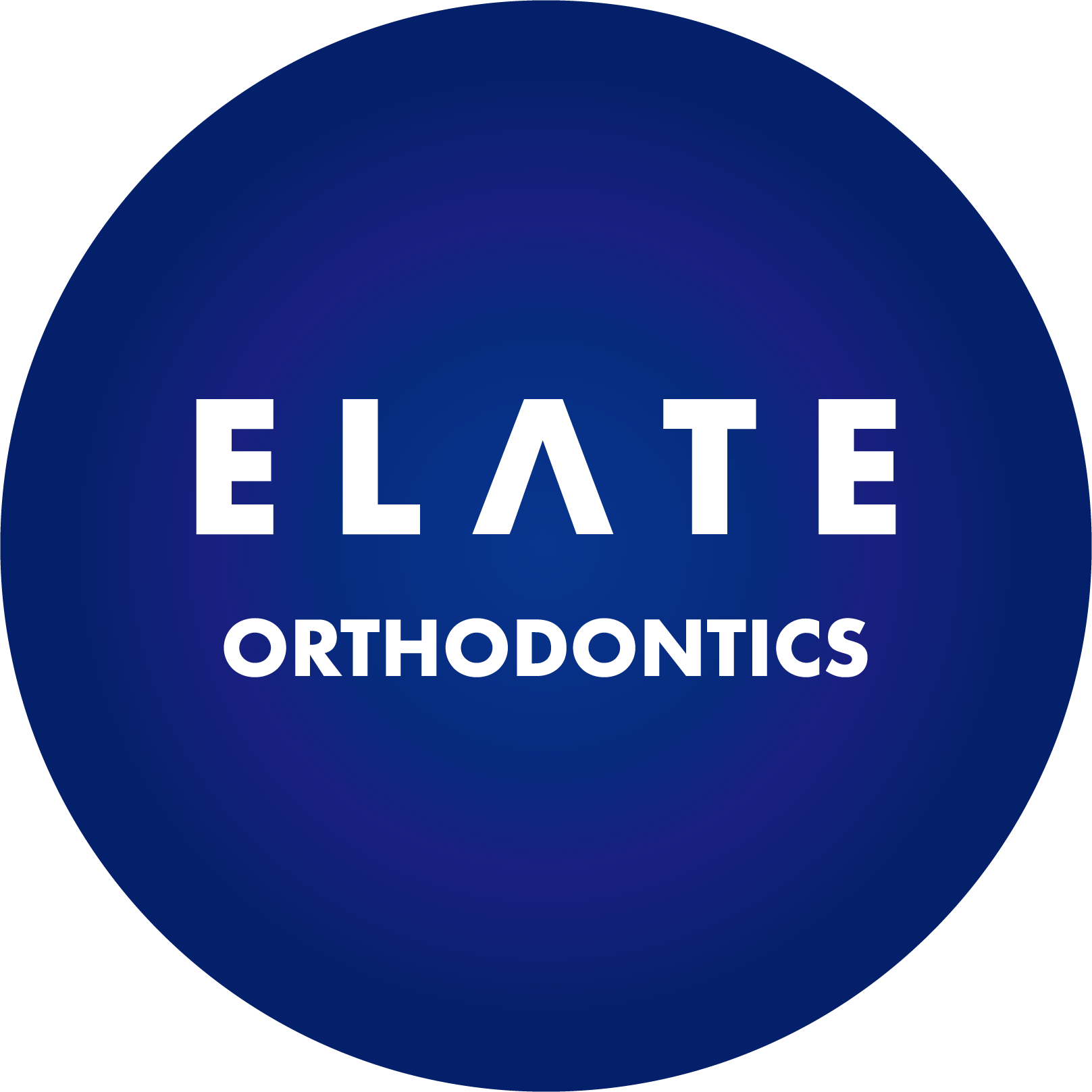
Understanding Orthodontic Braces Headgear
Orthodontic headgear is a type of appliance used to correct severe bite issues, particularly in growing children and teens. It applies external force to the teeth and jaw, guiding them into better alignment over time. While modern orthodontics offers various treatment options, headgear remains an effective solution for certain cases where braces alone may not achieve optimal results.
Why Is Orthodontic Headgear Used Less Often Today?
With advancements in orthodontic technology, the need for headgear has decreased significantly. Modern options like clear aligners and temporary anchorage devices (TADs) can often address complex orthodontic cases that previously required headgear. However, headgear is still used when it provides the most effective solution for severe bite or jaw alignment issues.
What Is Orthodontic Headgear?
Orthodontic headgear is a device that attaches to braces or bands on the back teeth. It uses straps, bands, and a metal frame to exert gentle pressure on the jaw and teeth. Headgear is typically worn for a set number of hours each day, often in the evenings or overnight.
- Types of Headgear:
- Cervical Pull Headgear: Corrects overbites by applying downward and backward pressure on the upper jaw.
- High-Pull Headgear: Used to control the growth of the upper jaw and correct open bites.
- Reverse-Pull (Facemask) Headgear: Designed to bring the upper jaw forward, commonly used to treat underbites.
Explore our orthodontic treatment options.
Why Is Orthodontic Headgear Used?
Headgear is used to guide jaw growth and improve bite alignment. It’s particularly effective for young patients whose bones are still developing.
- Correcting Overbites: Headgear helps reduce the protrusion of the upper teeth.
- Aligning the Jaw: It can prevent or correct jaw imbalances, such as underbites and overbites.
- Reducing Treatment Time: In some cases, headgear can shorten the overall duration of orthodontic treatment by addressing severe issues early.
Learn how orthodontics improves bite alignment.
How Is Orthodontic Headgear Put On?
Putting on orthodontic headgear involves the following steps:
- Attach the Facebow: The metal frame, or facebow, is inserted into tubes on the back braces (usually molars).
- Secure the Straps: Elastic straps or head straps are attached to the facebow to provide the necessary tension.
- Adjust the Fit: Your orthodontist will show you how to properly adjust and secure the straps for comfort and effectiveness.
Best Practices for Sleeping with Headgear
Sleeping with headgear may take some time to get used to. Following these tips can help improve comfort and effectiveness:
- Use a Supportive Pillow: A firm or orthodontic pillow can help stabilize your head and reduce pressure on the straps.
- Sleep on Your Back: Sleeping on your side may cause the headgear to shift or increase discomfort.
- Maintain a Consistent Routine: Wearing the headgear at the same time each night helps your body adjust more quickly.
How Long Do You Need to Wear Headgear?
Orthodontic headgear is typically worn for 12 to 14 hours a day, depending on the severity of the condition being treated. Consistent wear is crucial for achieving the desired results.
- Evening and Overnight Use: Most patients wear headgear in the evenings and while sleeping to minimize disruption to daily activities.
- Duration of Treatment: Treatment can last anywhere from several months to over a year, depending on the case.
Discover how orthodontic treatment timelines vary.
Is Orthodontic Headgear Uncomfortable?
Initially, headgear may feel uncomfortable due to the pressure it applies to the teeth and jaw. However, patients typically adapt to the appliance within a few days.
- Managing Discomfort: Over-the-counter pain relievers and soft foods can help during the adjustment period.
Solutions for Skin and Lip Irritation from Headgear
Wearing headgear can sometimes cause irritation to the skin or lips, especially where straps and metal components make contact.
- Apply Protective Padding: Use foam or soft fabric pads around the straps to reduce friction.
- Moisturize Regularly: Apply a gentle, non-comedogenic moisturizer to areas prone to irritation.
- Use Orthodontic Wax: Wax can be placed on metal parts that press against the skin or lips to reduce discomfort.
- Keep the Area Clean: Regularly clean your headgear and the surrounding skin to prevent irritation from sweat or debris.
Learn about managing orthodontic discomfort.
What Are the Benefits of Orthodontic Headgear?
Although wearing headgear may require extra effort, the long-term benefits are significant.
- Improved Bite and Jaw Alignment: Headgear helps achieve optimal alignment, reducing the risk of jaw problems later in life.
- Enhanced Facial Profile: Correcting jaw growth early can lead to better facial symmetry.
- Shortened Treatment Time: Addressing severe misalignments early can reduce the need for more invasive treatments later.
Schedule a Consultation at Elate Orthodontics
If you or your child may benefit from orthodontic headgear, Elate Orthodontics is here to help. Our experienced team provides personalized treatment plans to achieve the best results.
Schedule your consultation today to learn more about our orthodontic solutions.
